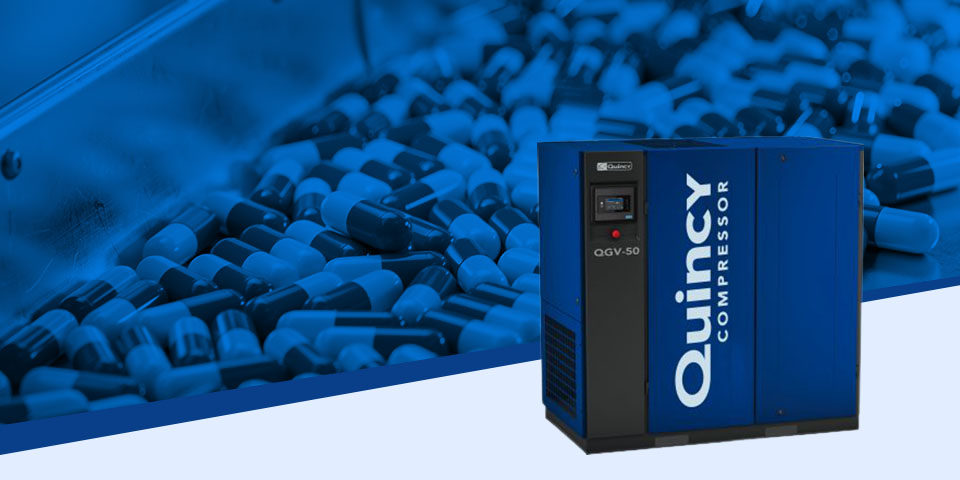Contents
Dew Point
Dew point is the temperature at which water vapor in the air begins to condense into liquid water. In simpler terms, when air is cooled at constant pressure, dew forms. Air cooled to its dew point has a relative humidity of 100%, meaning it’s completely saturated and cannot hold any more moisture in its gaseous form — thus, condensation begins.
Understanding dew point’s definition is crucial to air compressors, as moisture is always present in the air around us. When air compressors draw in ambient air and that air is compressed, the concentration of water vapor present within the system increases. As the compressed air cools, it eventually reaches its dew point, and liquid water begins to condense.
Condensation can cause significant moisture-related issues in compressed air systems, including damage to internal components. For this reason, moisture control is an essential consideration in compressed air systems.
FAQs
A high dew point indicates a lot of moisture in the air, which translates to a greater likelihood of condensation within the compressor and distribution lines. This moisture can lead to various problems:
- Corrosion and rust: Water condensation in your air lines, tanks and tools promotes rust and corrosion, which weaken metal components and can damage your equipment.
- Process contamination: The presence of water in the compressed air can impact product quality and processes, causing defects or impacting a tool’s effectiveness.
- Freezing: In cold environments, any moisture can freeze, blocking airflow, damaging pipes or even cracking components.
- Microbial growth: Moisture can promote bacterial and fungal growth, leading to further contamination.
- Reduced efficiency: Water can wash away lubricants, causing sticking valves. Moisture can also increase friction and resistance, reducing the efficiency of air tools and equipment.
To lower your air compressor’s dew point, you need to remove moisture from the compressed air. This procedure is usually achieved using air dryers, which help mitigate moisture levels in compressed air. Different types of air dryers utilize various methods to remove moisture, such as refrigerated air dryers, desiccant dryers and chemical air dryers.
Quincy Compressor has dryers for every application. Working with our wide range of air compression systems, these form a complete solution for all your compressed air needs.
In many industrial processes, maintaining a specific dew point is crucial to efficiency and product quality. If you need to monitor dew point regularly, consider using a dew point sensor. These devices measure both temperature and moisture levels to determine when condensation occurs. Many air dryers have built-in sensors that allow you to monitor the dew point.
If you know the temperature, air pressure and relative humidity, you can calculate the dew point using specific formulas or online calculators. When you purchase an air compression system from Quincy Compressor, we would be happy to assist you in determining your system’s dew point.
f you know the observed temperature in degrees Celsius (T) and the relative humidity of the air in percent (RH), there is a simple calculation that can give you an approximation of dew point temperature in degrees Celsius (Td):
- Td = T – ((100 – RH)/5)
Additional Resources
At Quincy, our goal is to support you and true support means connecting you to resources that best fit your needs.


